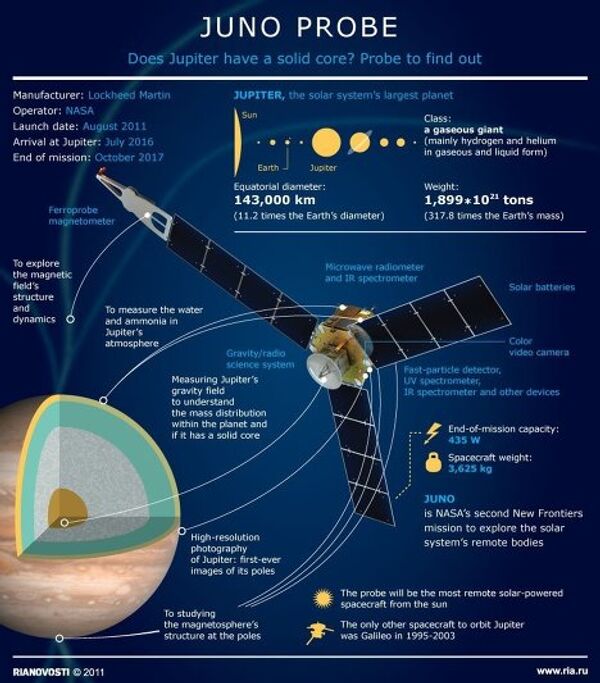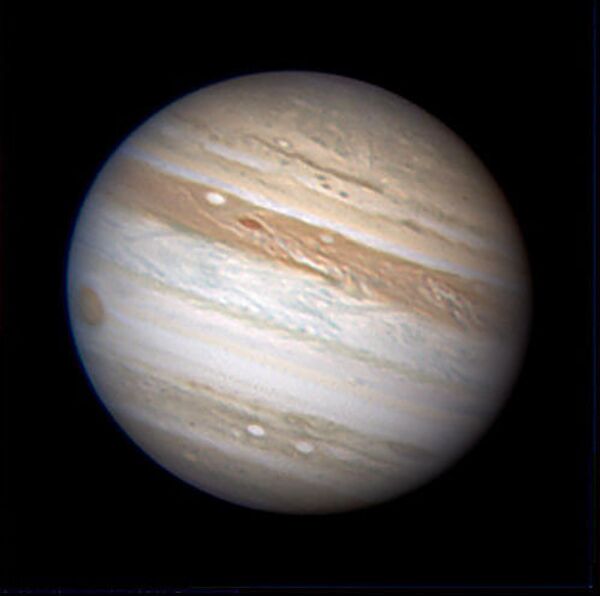ZHUKOVSKY, August 29 (RIA Novosti) – Russia’s and Europe’s space agencies are considering teaming up to study the largest moon in the solar system, Jupiter’s Ganymede, the European Space Agency (ESA) chief said Thursday.
ESA general director Jean-Jacques Dordain said Europe planned to send an orbiter to Ganymede, while for a separate mission Russia’s federal space agency, Roscosmos, envisaged sending a landing module.
"We intend to study how these two missions may interwork, because our orbiter and the Russian landing module are capable of interacting with each other,” Dordain told reporters during the MAKS international air show near Moscow.
Russian and European scientists plan to begin the Jupiter missions in the early 2020s. If successful, the missions would be Russia and Europe’s first to an outer planet – as Jupiter, Saturn, Uranus and Neptune are often referred to – apart from the ESA’s Huygens probe, which was delivered by the US Cassini spacecraft to Saturn’s moon Titan in 2005.
ESA’s JUICE (JUpiter ICy moon Explorer) project to study three of Jupiter’s moons – Ganymede, Callisto and Europa – at a cost of 1 billion euros ($1.3 billion) was officially approved in May 2013. The European spacecraft is scheduled to be launched in 2022 and to reach Jupiter in 2030.
Dordain also said the Russian side called for a strategic partnership in solar system research, including missions to Mars and Earth’s moon.

Giacinto Gianfiglio, the system engineering manager of the ExoMars mission by the ESA in collaboration with Roscosmos, said that probe would be launched on a Russian Proton-M rocket in January 2016 and would reach Mars some 10 months later. In 2018, a Roscosmos-built lander is to deliver the ESA-built rover to the Martian surface.

